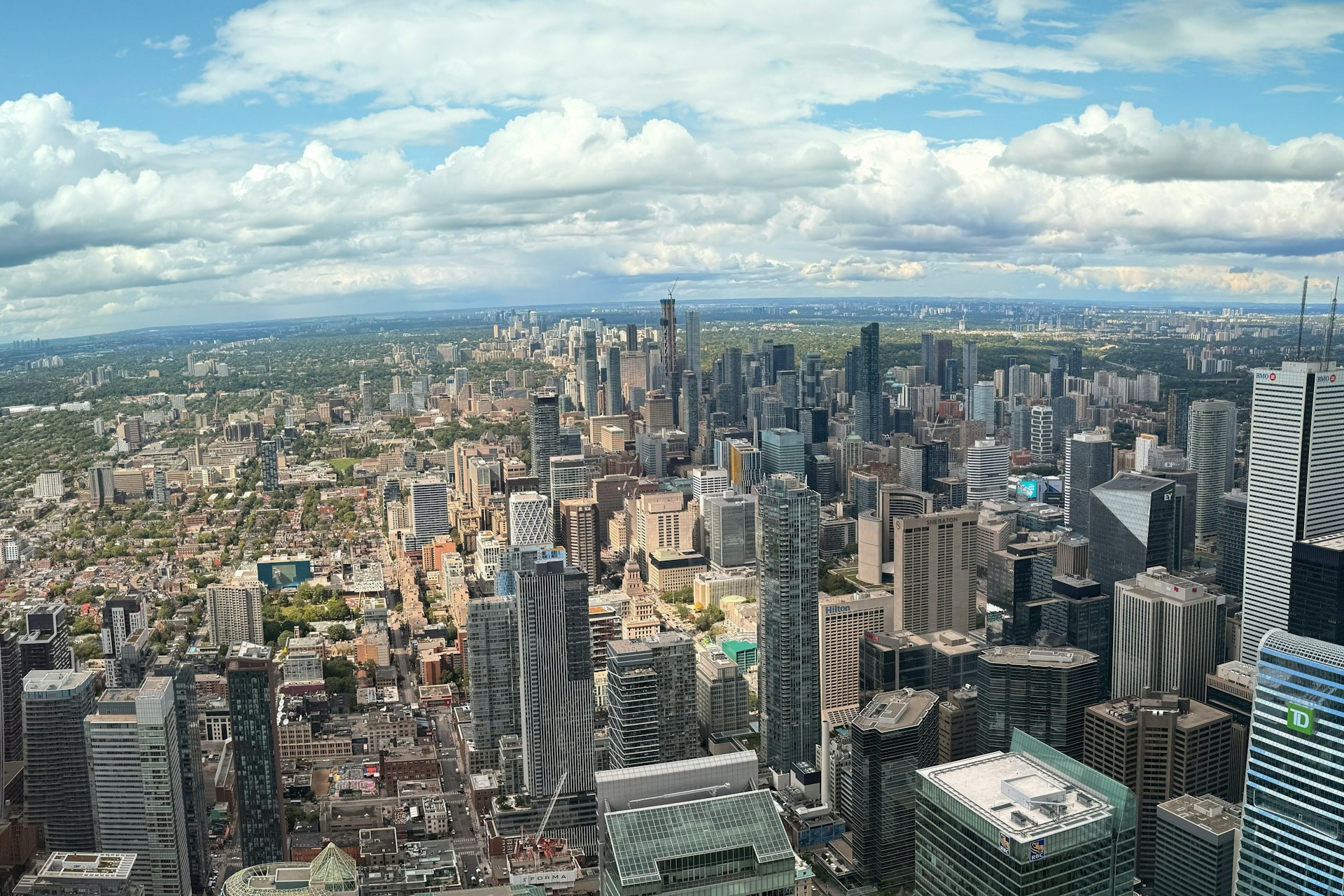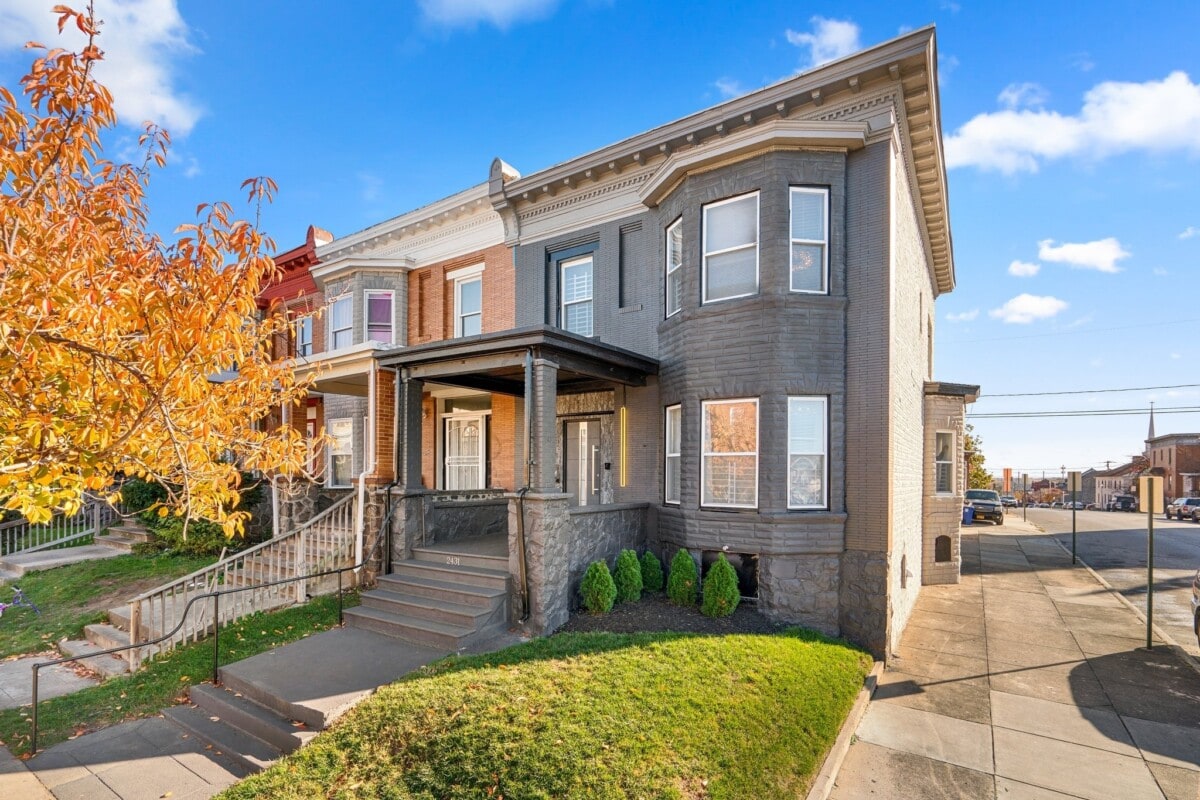RBA Governor Michele Bullock will announce the RBA’s next rates decision on September 30. Picture: NewsWire/Philip Gostelow
Chances of a September interest rates cut by Australia’s Reserve Bank will hinge on the release of national employment figures tomorrow, experts say.
The RBA’s next call on interest rates is just weeks away on September 30 and follows three previous cuts in 2025 – its most recent 0.25 per cent reduction in August took the cash rate to 3.6 per cent for the first time since April 2023.
While cuts have been welcomed by Aussies with mortgages, those searching for a home are praying the RBA holds.
Further cuts are likely to fuel further price growth in an Australian property market that has already put previously affordable options well out of reach for everyday Aussies.
Despite initial widespread predictions of another cut in September that sentiment has been cooling as Australia’s economy continues to strengthen.
Lowering inflation, increasing wages and stable employment have all reduced pressure on the RBA to cut again before the end of the year.
But EQ Economics managing director Warren Hogan told Sky News Australia Thursday’s employment update could be the deciding factor ahead of the RBA’s September meeting.
“I think the unemployment rate is the key this week for the RBA,” he said.
“It is pretty clear what these other central banks (around the world) are doing – they are near the end of their easing cycle.
MORE: When is the next RBA rates meeting in 2025?
How Australia’s central bank stacks up against the rest of the world. Picture: Sky News Australia
MORE: What your home will be worth in 2030
“For the RBA it is all about the domestic numbers. The unemployment rate is starting to drift a little high here like it is in the US.
“The case for further easing is weakening every week as we see this economy improve.”
Australia’s unemployment rate is forecast to stay around 4.3 per cent by the end of 2025, the RBA is predicting.
However, the Australian Bureau of Statistics (ABS) has shown growth this year after July figures showed slight improvement at 4.2 per cent – a 0.1 per cent decrease.
The figures correlates to new data on mortgage stress in Australian cities, including Toowoomba in Queensland where 74 per cent of homeowners are now grappling with finances to keep their homes.
Dennis Cowper, director of Real Credit Repairers, said the financial pressure on Australian households was no accident.
“Australians are still taking on record levels of housing debt – loan commitments remain more than 30 per cent above pre-pandemic levels,” he said.
“People haven’t stopped borrowing, but they are stretching themselves further than ever to get into the market.”
MORE: Home loan trap taking years to escape
EQ Economics managing director Warren Hogan believes employment will be the deciding factor. Picture: Sky News Australia
MORE: RBA’s cut is hiking prices in these Aus areas
There is growing speculation that another RBA cut will be announced before Christmas, however, experts are divided on whether that will occur at September’s meeting or November’s.
During the first half of this year, Australian employment trends were showing mixed signals after unemployment rose by 4.3 per cent in June. Additionally, the country experienced a strong shift from full-time employment to part-time.
The unemployment rate increases earlier this year were the highest level in Australia since late 2021, during the peak of the Covid pandemic.
Mr Hogan said volatility in Australia’s employment figures was only likely to grow over the next decade.
“We’re in an economy that shortages of labour and we’ll use technology to change our whole labour force,” Mr Hogan said.
“We saw with ANZ all these job loss announcements – this is the start of this process of reorganising our labour force.
“People just don’t walk out of their job at an insurance company or a bank and then walk straight into an aged care facility.
“So, the real issue is are we going to see these periods of labour market weakness and does the central bank respond with rate cuts?”
Job done? RBA chief economist Sarah Hunter says the central bank is close to achieving its goals. Picture: NewsWire/Martin Ollman
Discussion around how employment figures will impact interest rates to end 2025 come as the RBA’s chief economist Sarah Hunter said the central bank was close to achieving it’s goals.
Ms Hunter told the AFR the RBA was confident employment figures would remain strong and inflation would stay within the target range.
“We had inflation almost at 8 per cent at the end of 2022, and we’ve been really trying to bring inflation back down, starting with the cash rate hikes more than a couple of years ago now,” Hunter said.
“We think, we hope, that we’re pretty close to getting inflation back at target. It’s almost there.”



















 English (US) ·
English (US) ·